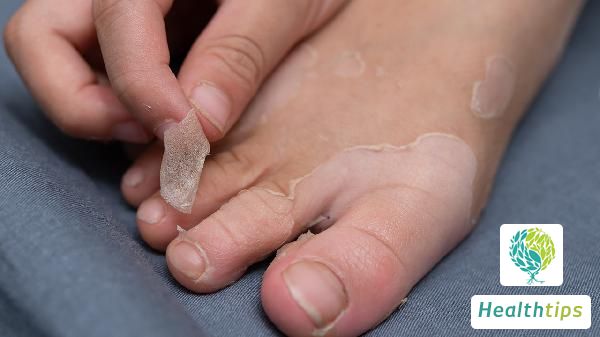"What are the Symptoms of Hand, Foot, and Mouth Disease During the First Three Days?"
Symptoms of Hand, Foot, and Mouth Disease in the First Three Days
The symptoms of hand, foot, and mouth disease (HFMD) during the first three days are typically quite prominent and can be summarized as follows:

High Fever
Children often experience high fever during the first three days of HFMD, with body temperatures exceeding 38°C, which may persist. This rise in temperature is associated with viral infection and is the body's response to viral invasion.
Herpes on Lips
One to two days after the onset of fever, herpes may appear on the oral mucosa and inside the lips of the affected child. These herpes may rupture, forming ulcers that cause severe pain, leading to irritability, crying, drooling, and refusal to eat.
Maculopapules
As the illness progresses, maculopapules appear on the palms, soles, buttocks, and legs of the child. The soles tend to have the highest concentration of these lesions, which are flat, round or oval-shaped, ranging in size from tiny to pea-sized, hard, and filled with cloudy fluid. A red halo surrounds the lesions. The appearance of these maculopapules is a crucial characteristic of HFMD.
Systemic Symptoms
In addition to high fever, children may also experience headaches, cough, runny nose, and general weakness. These symptoms further exacerbate the child's discomfort.
Complications
Some children may experience a rapid deterioration of their condition during the first three days of HFMD, leading to severe complications such as meningitis, encephalitis, or pulmonary edema. Parents should closely monitor their children's symptoms and seek immediate medical attention if severe symptoms appear. Additionally, preventing the occurrence of HFMD is crucial, and parents should prioritize hygiene and health practices for their children, such as frequent hand washing, ventilation, and avoiding contact with infected individuals.



















